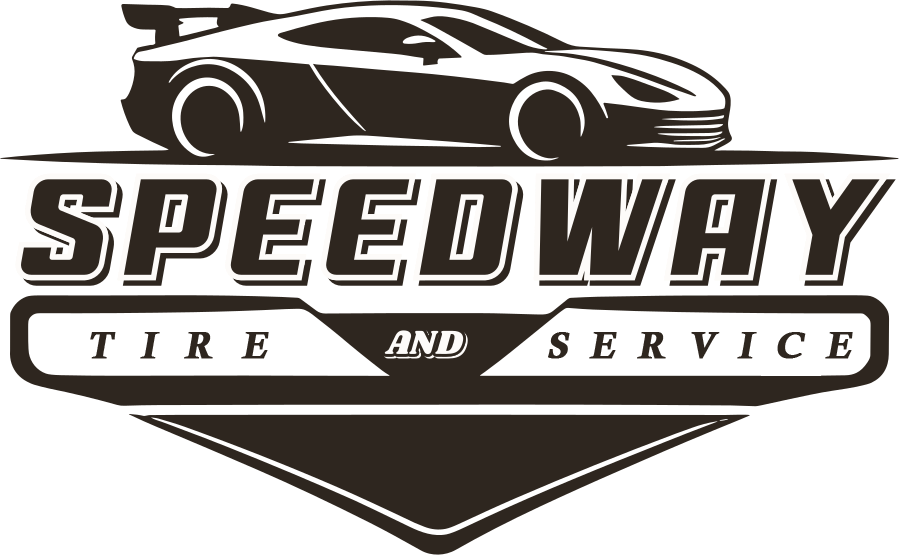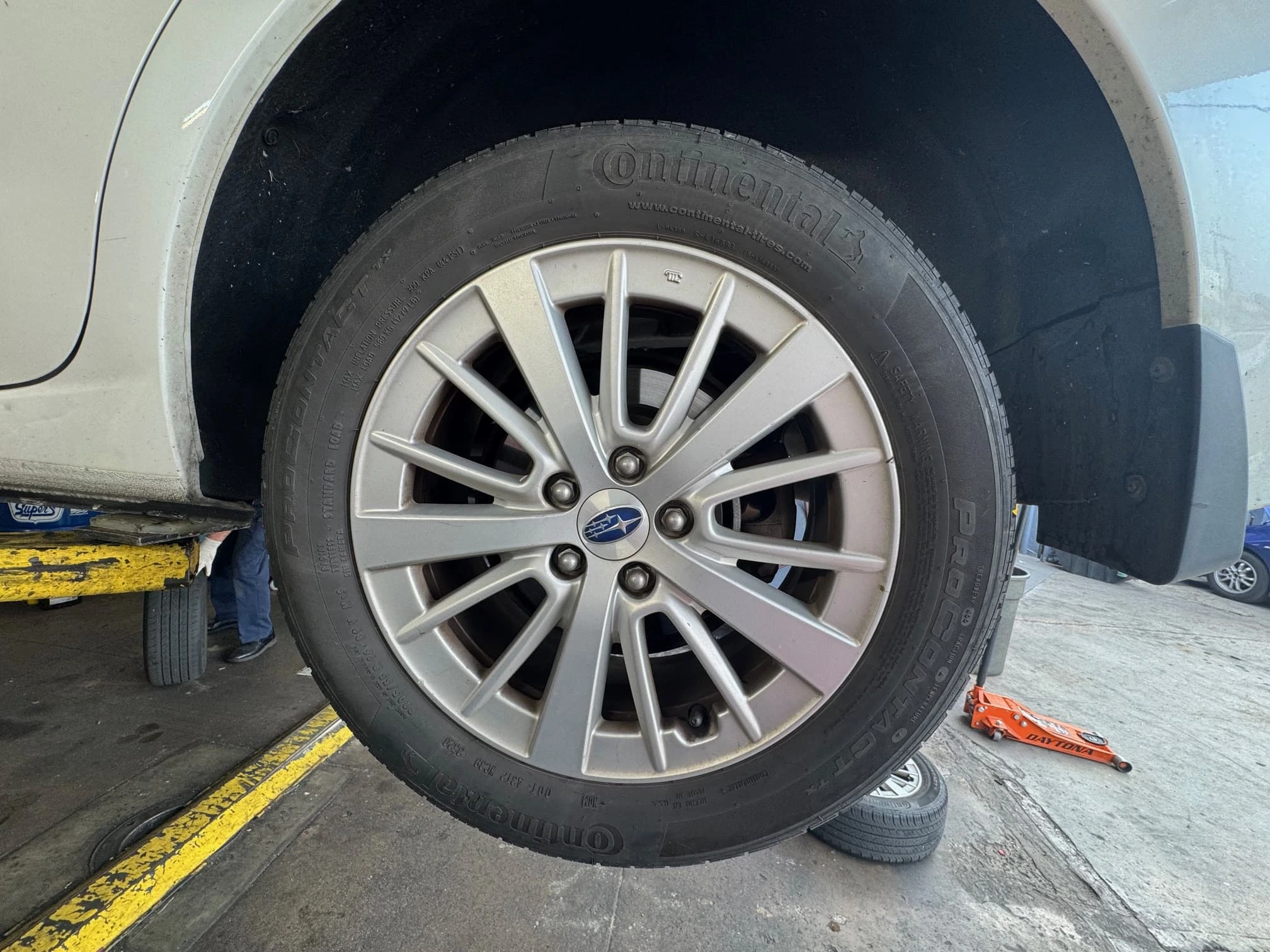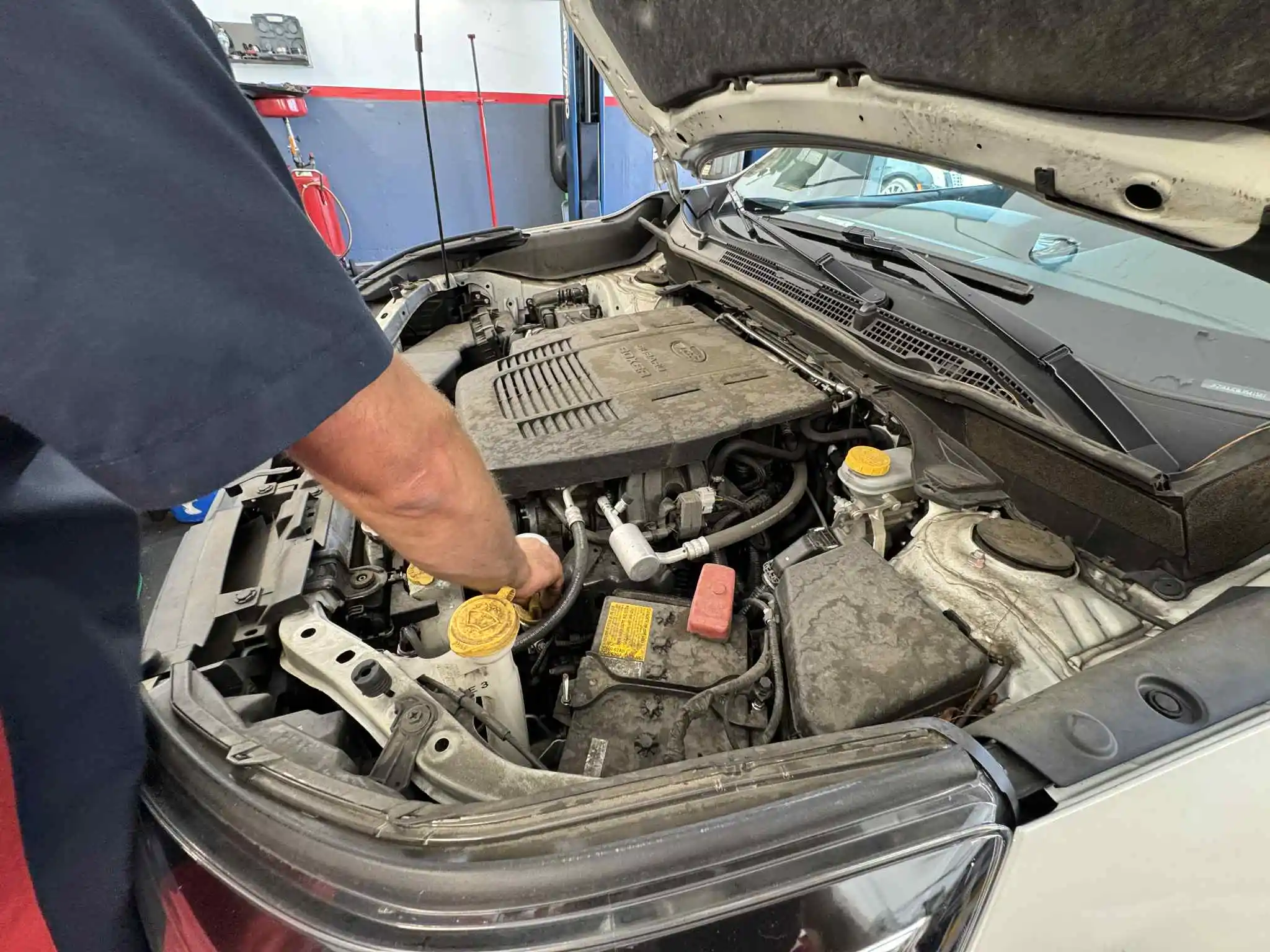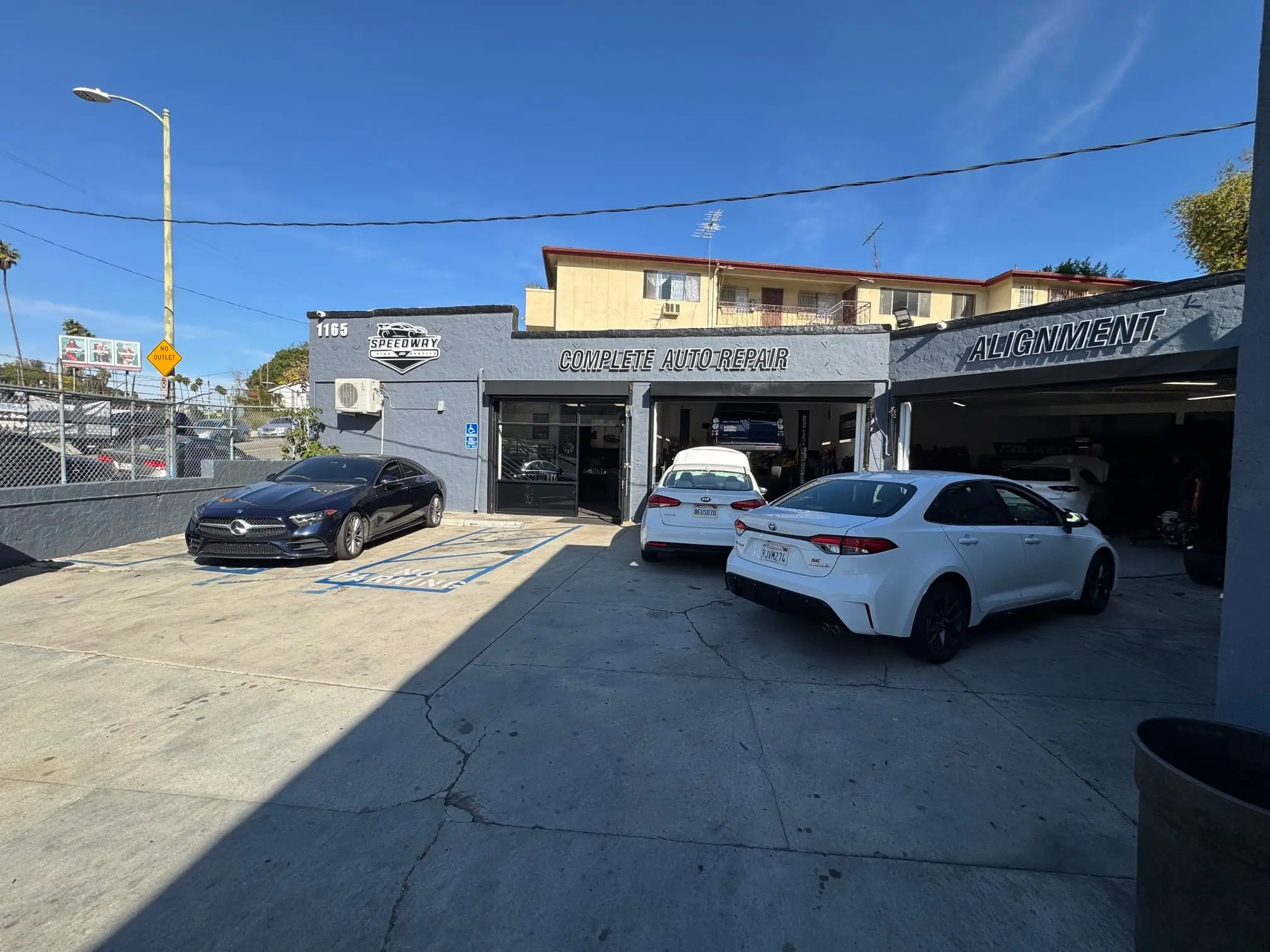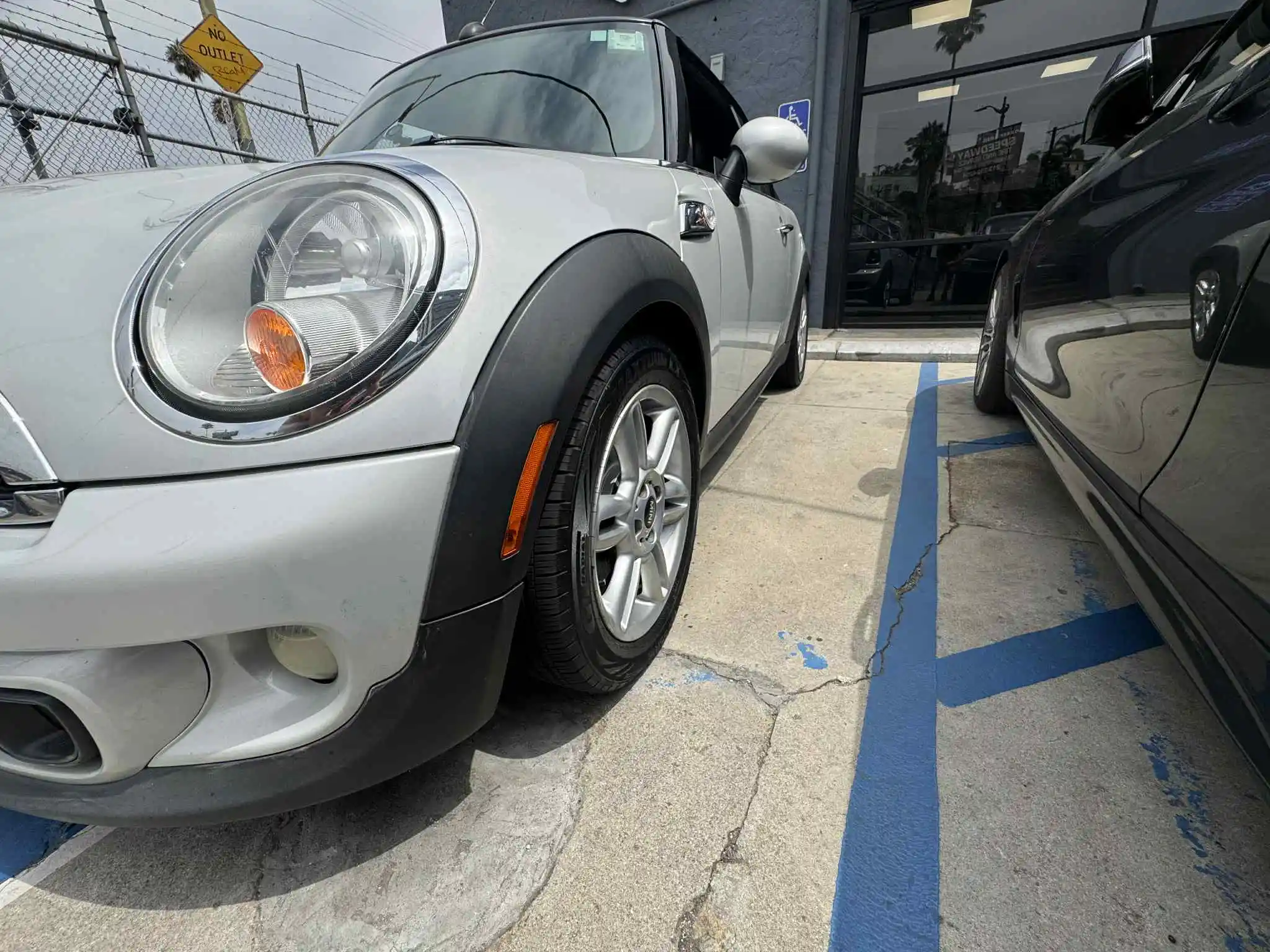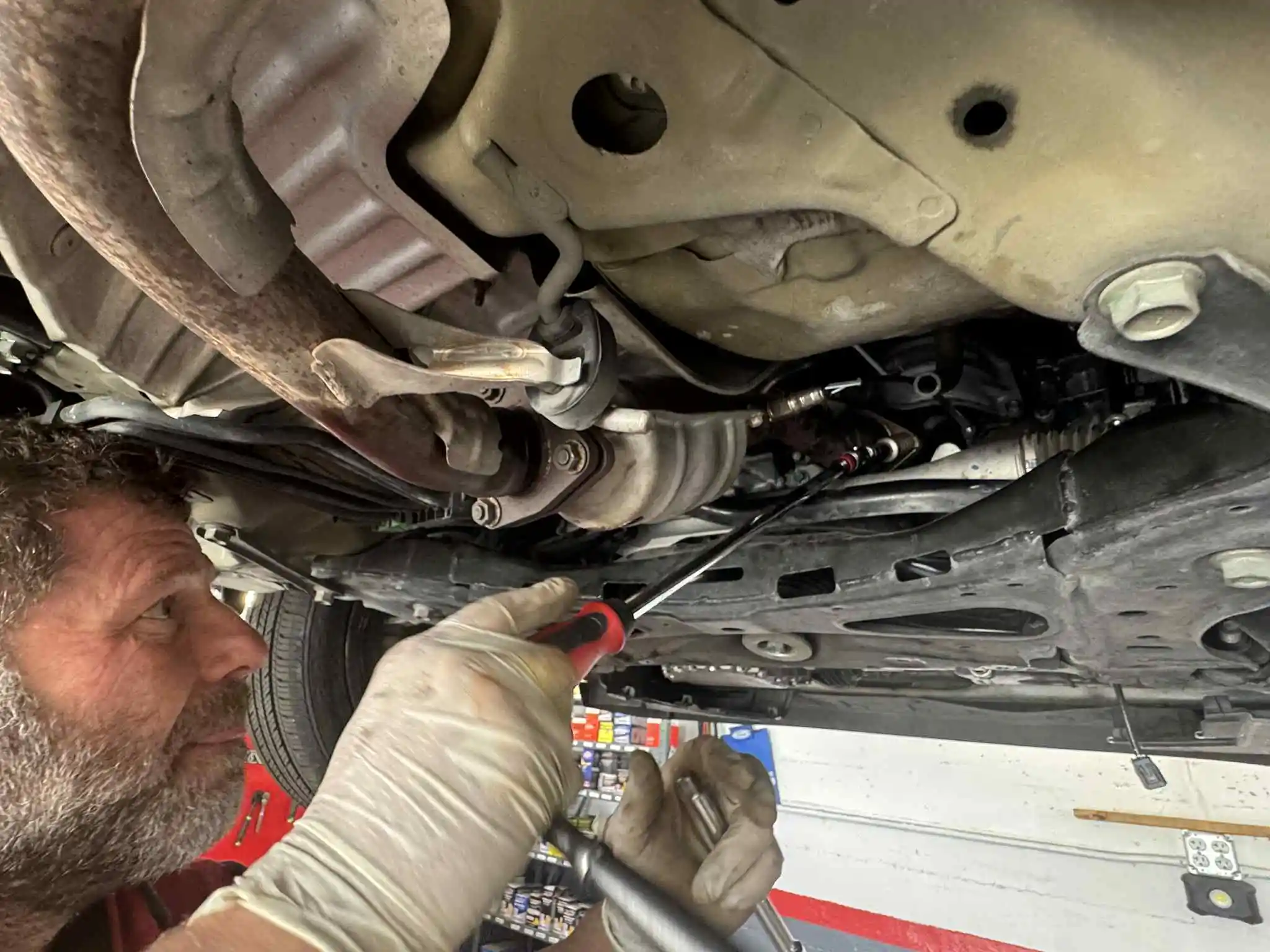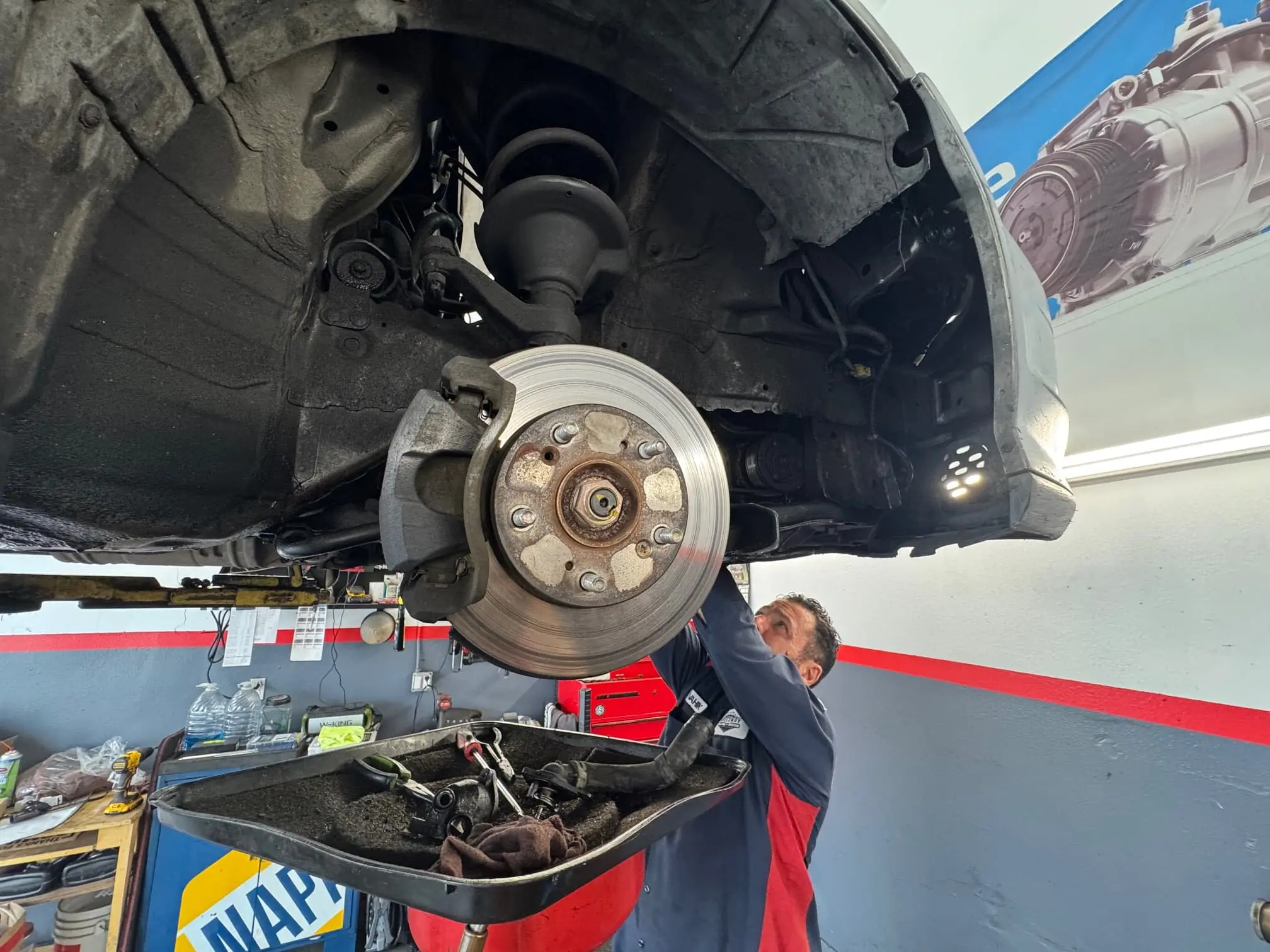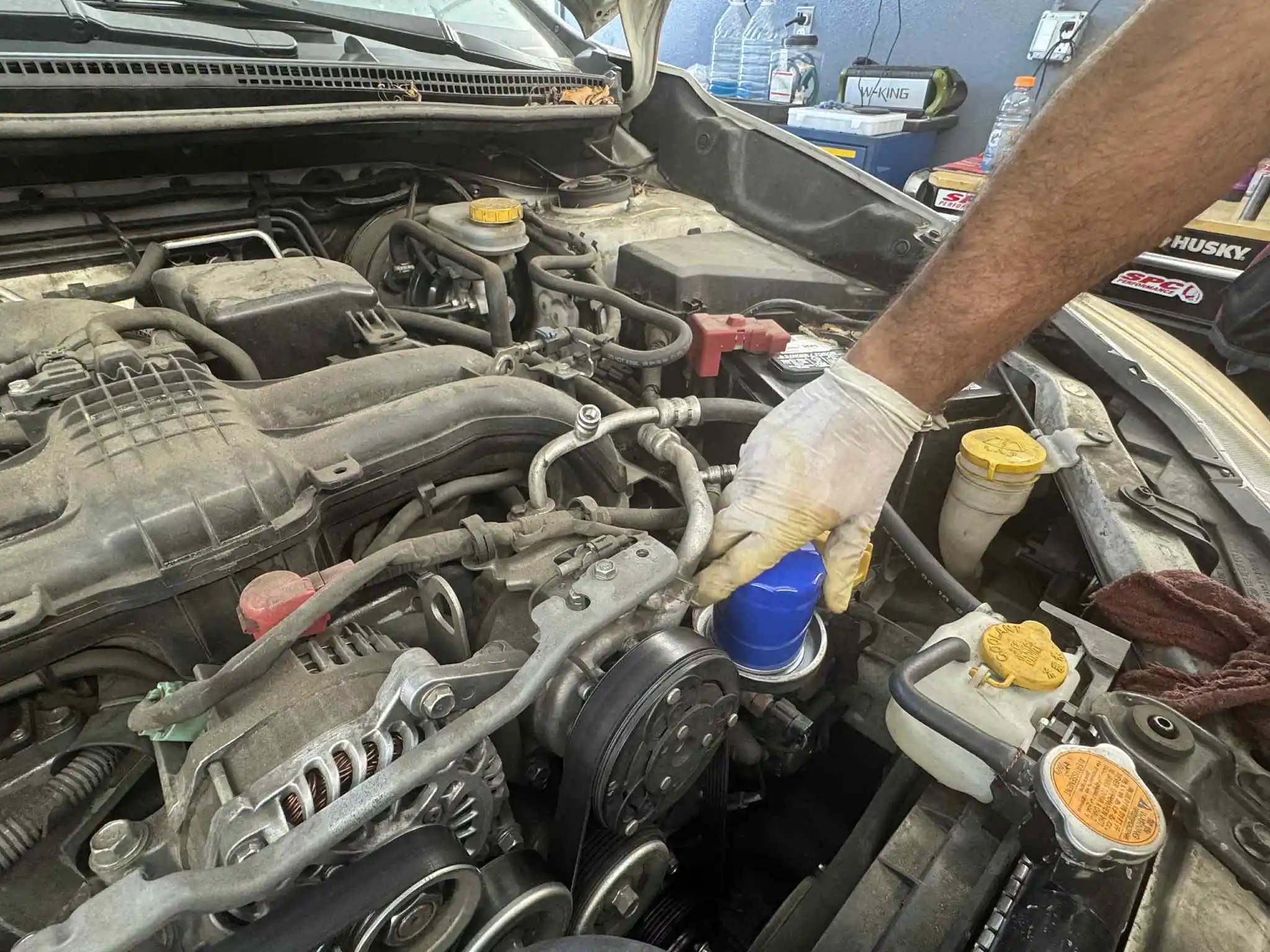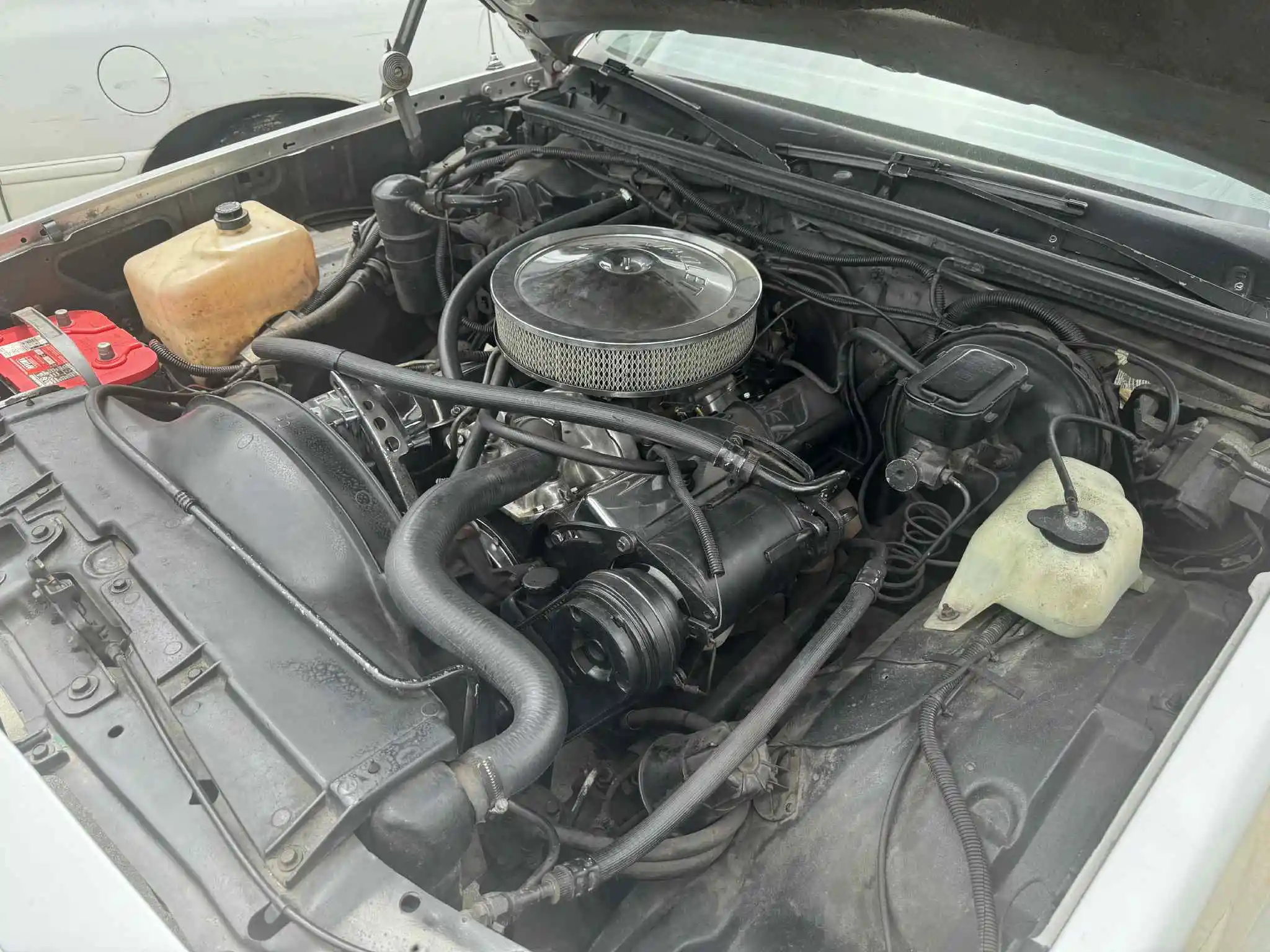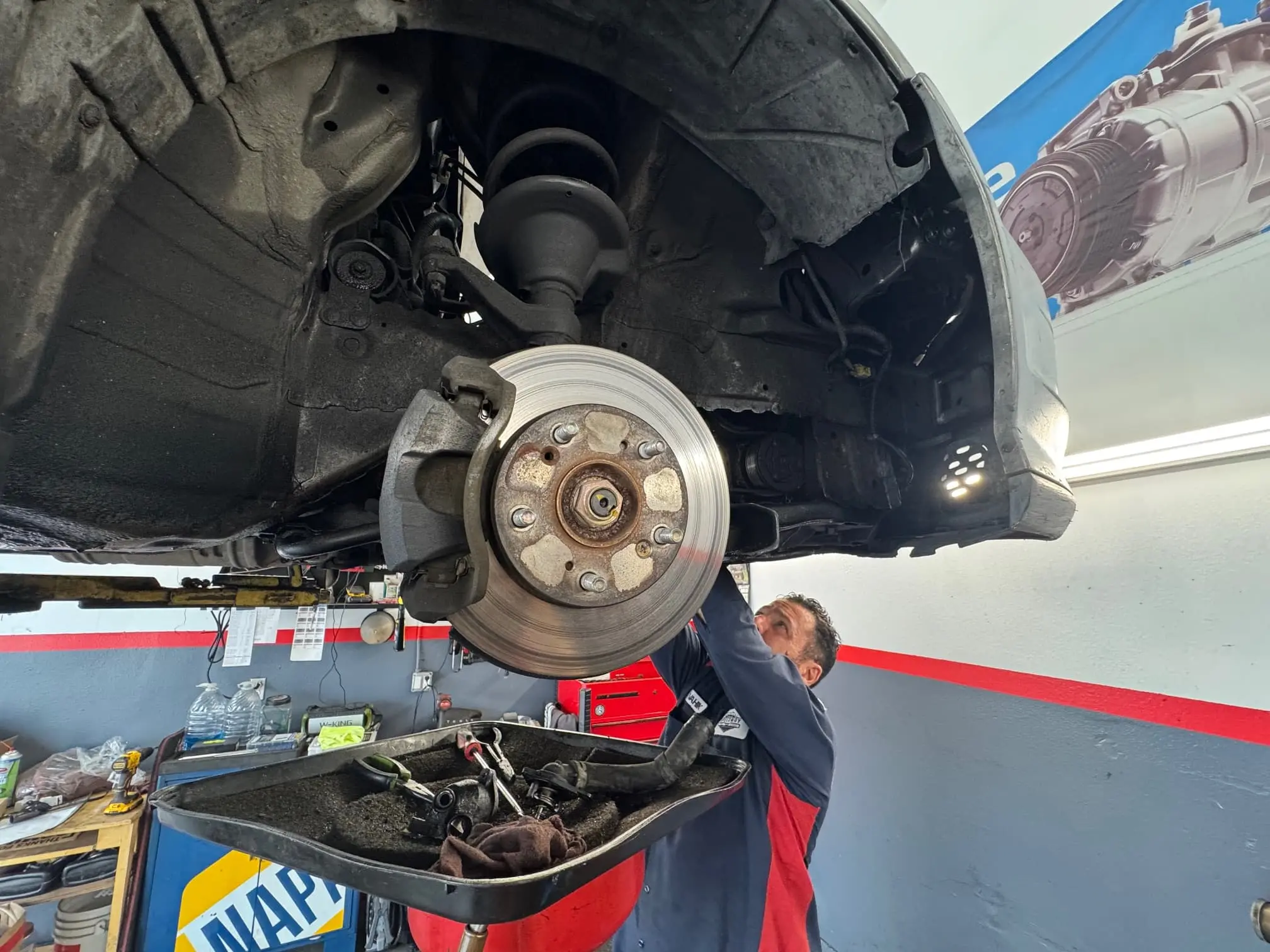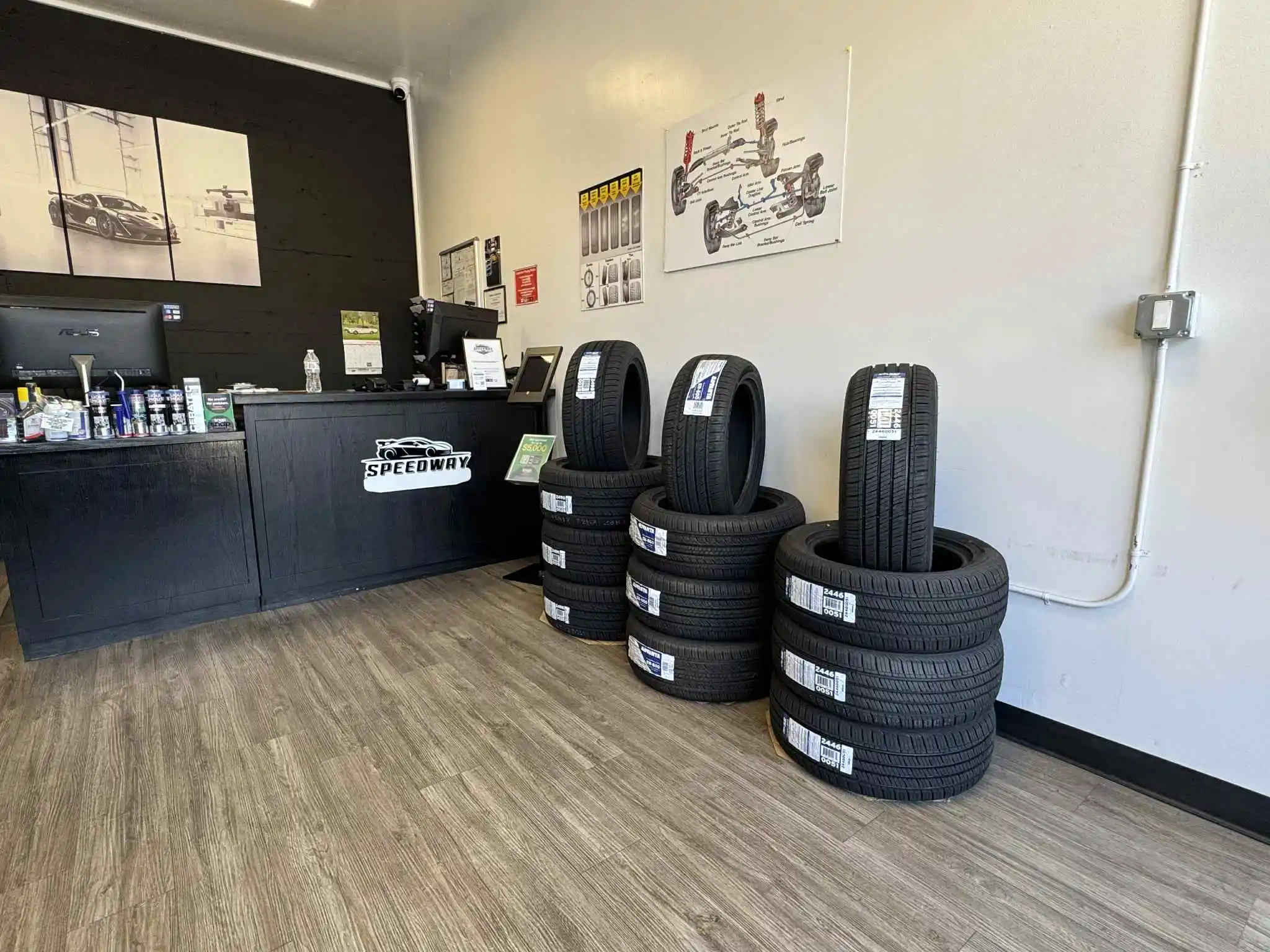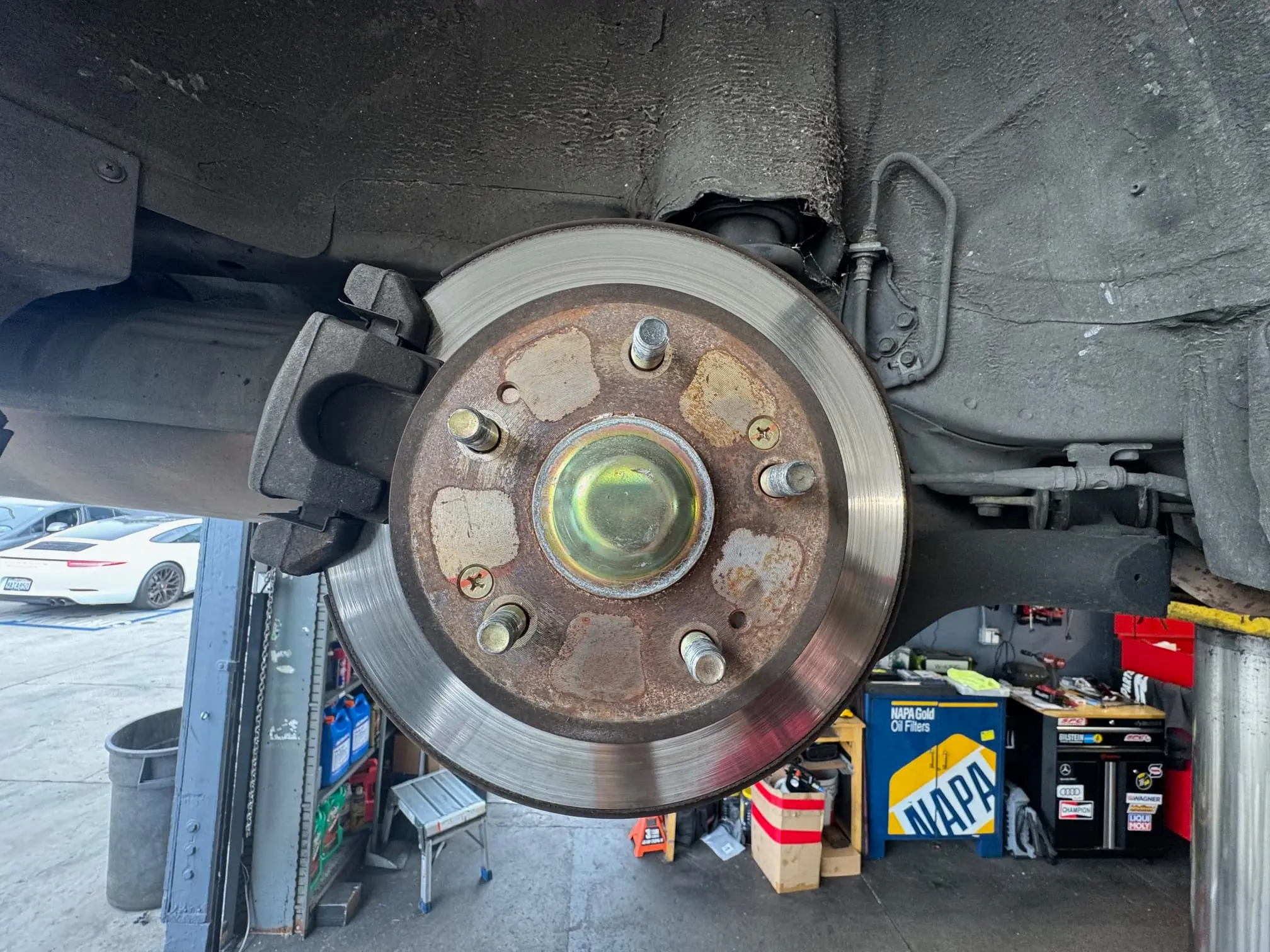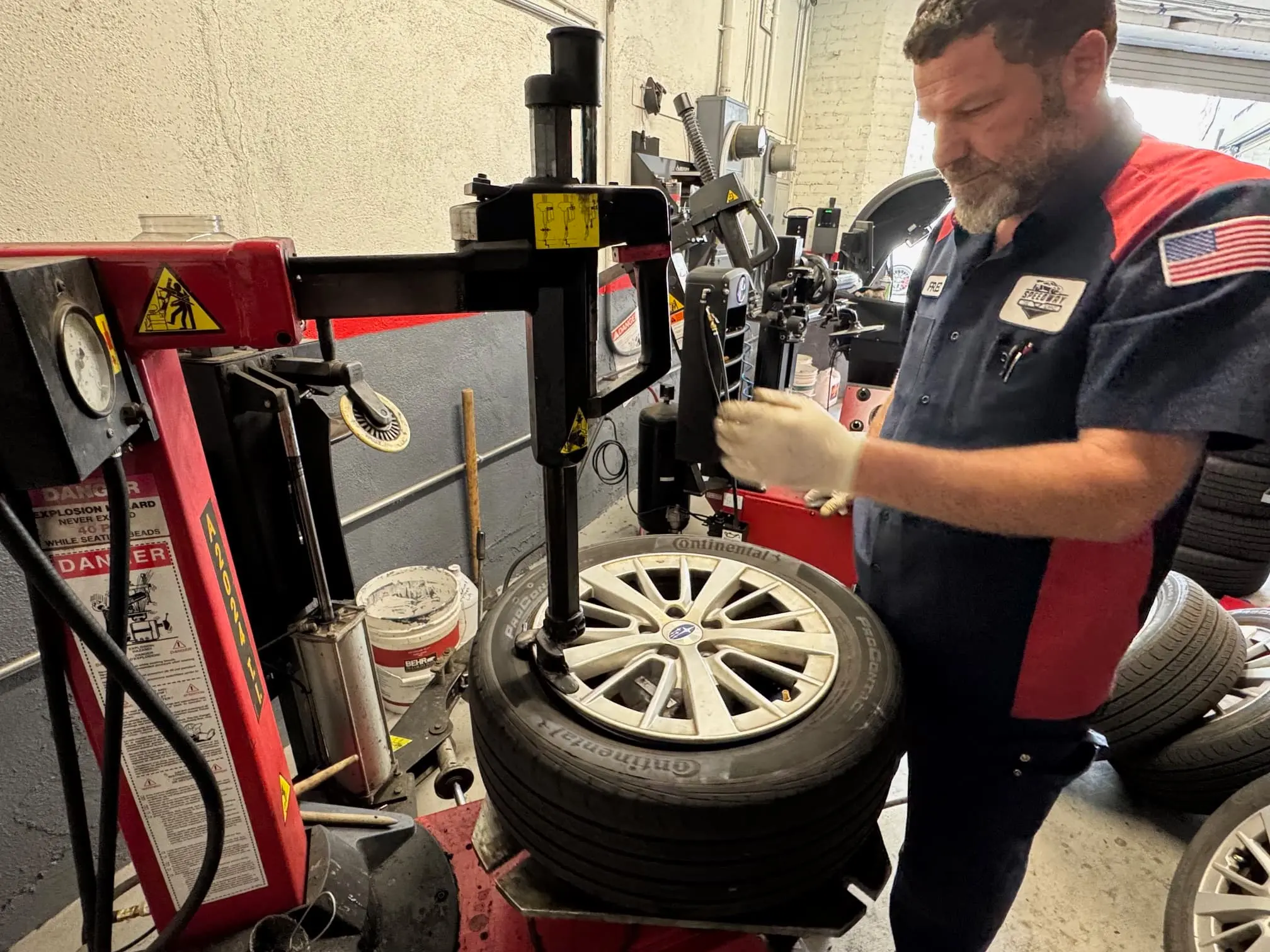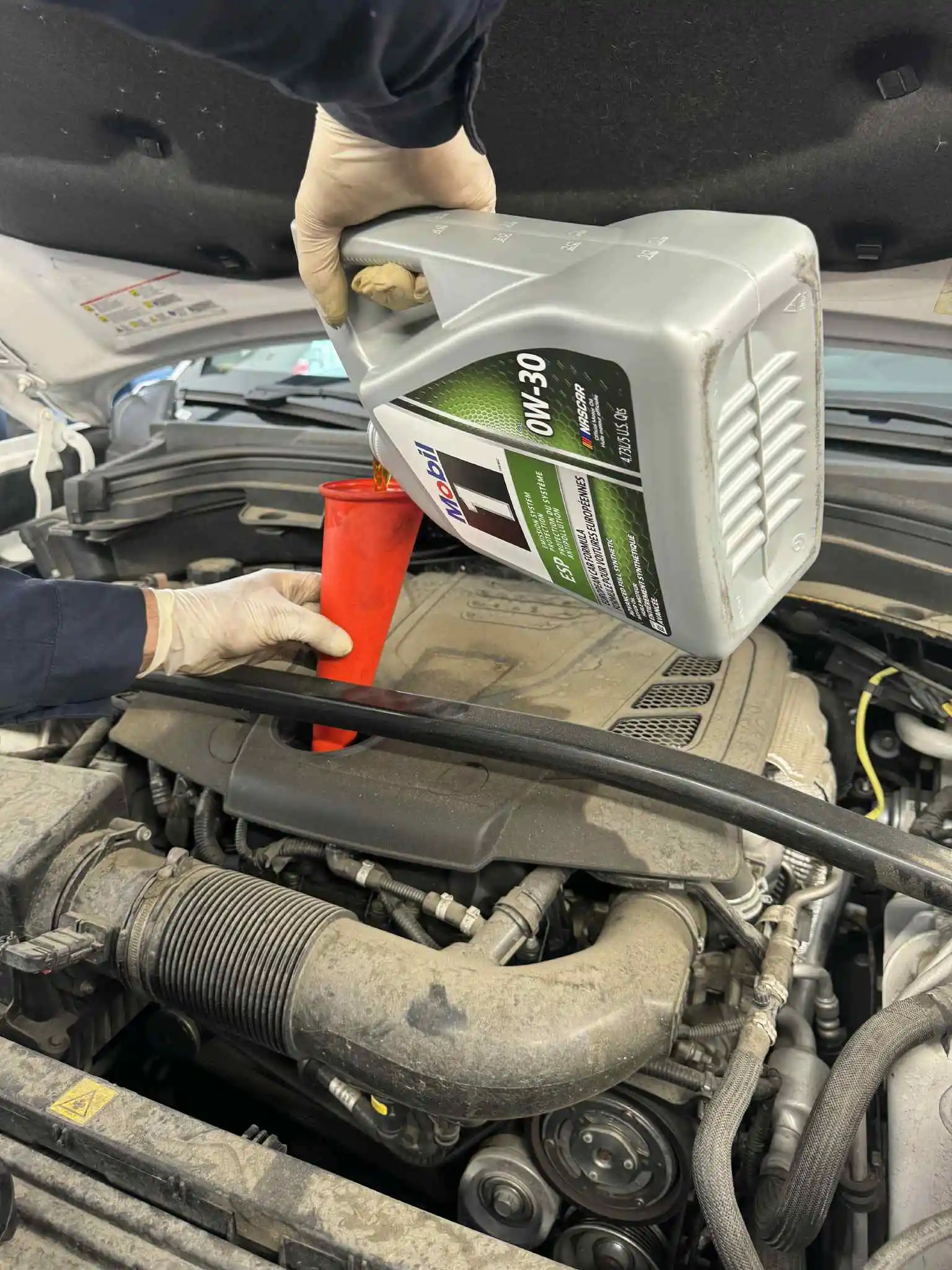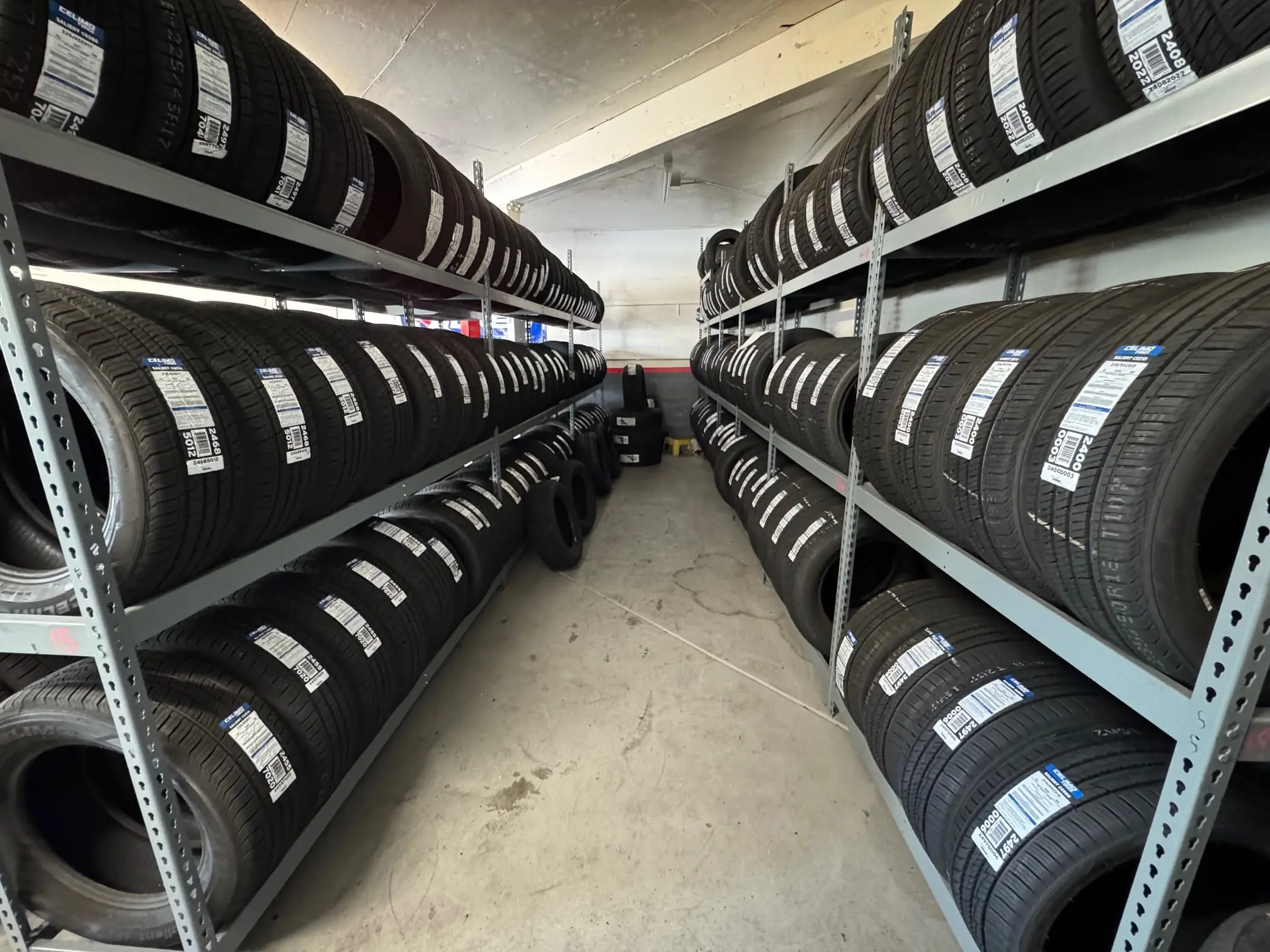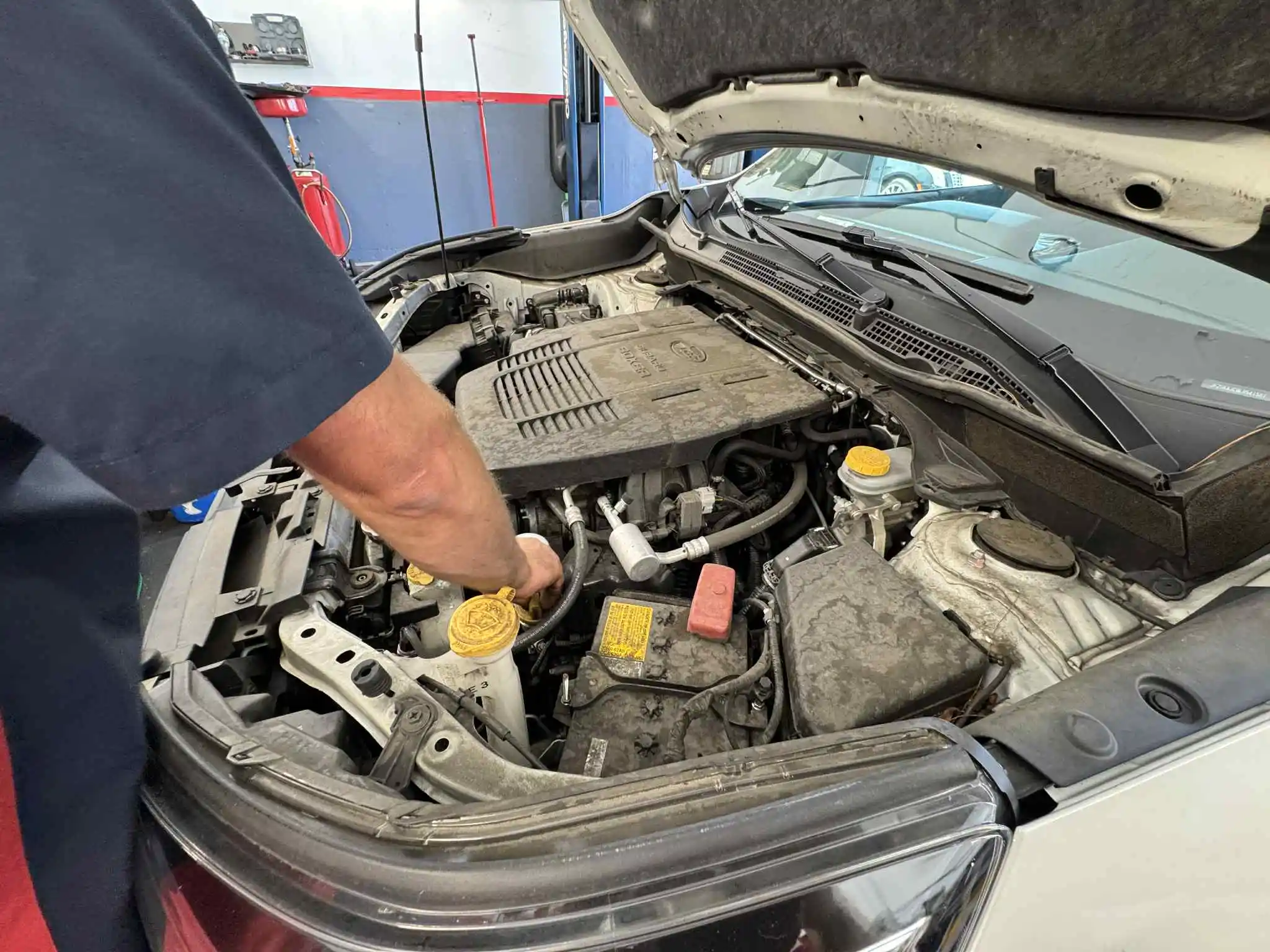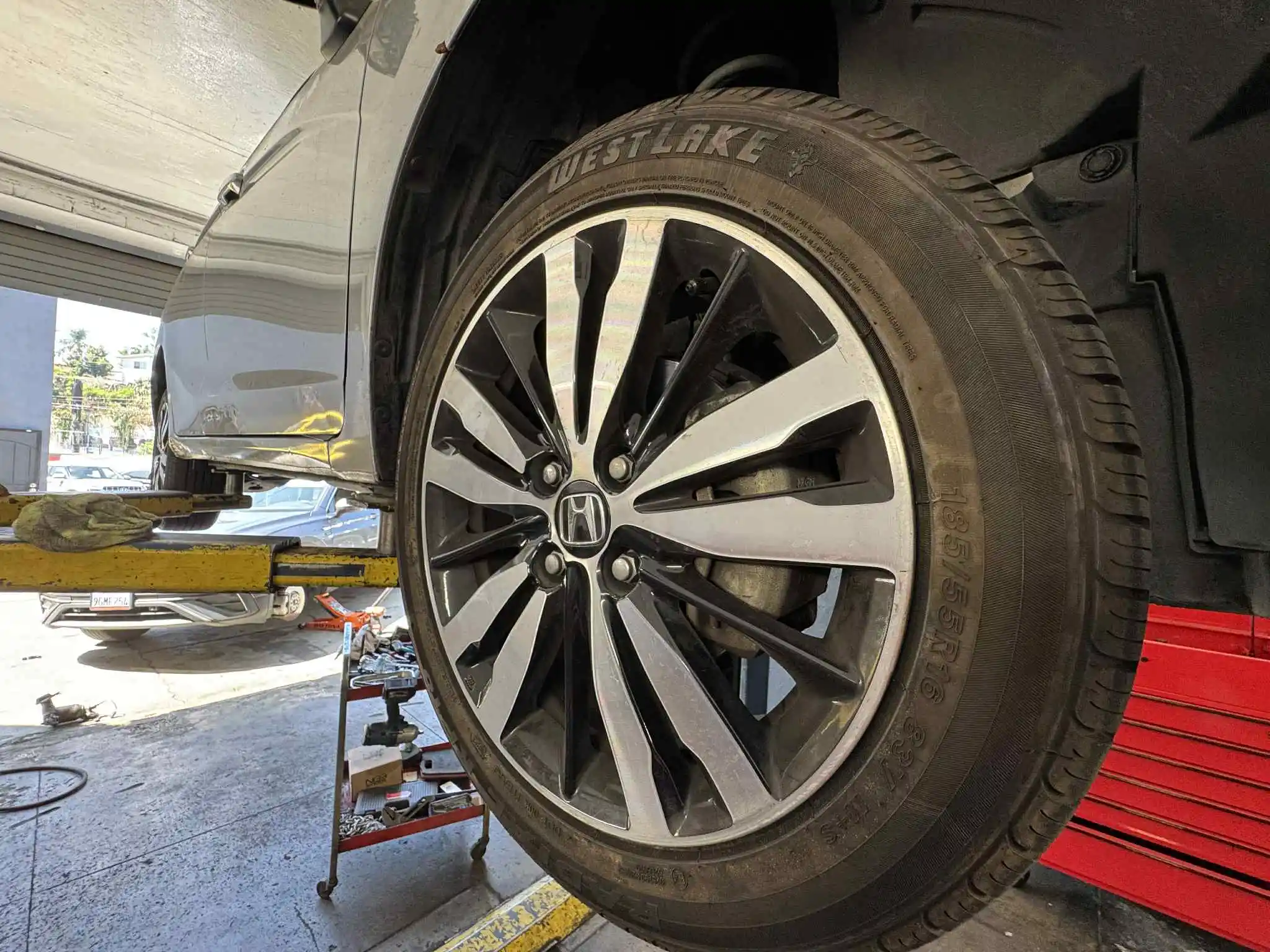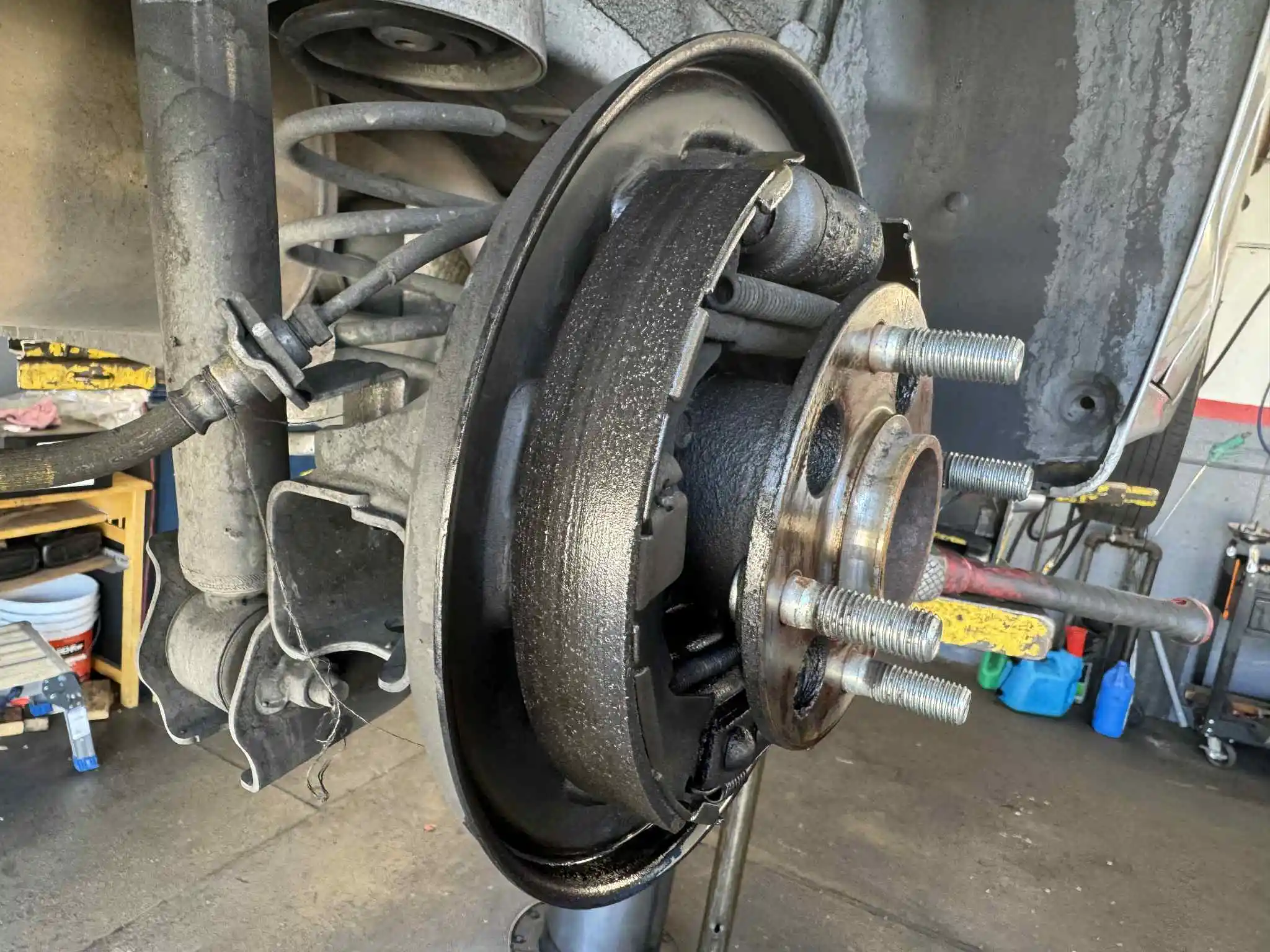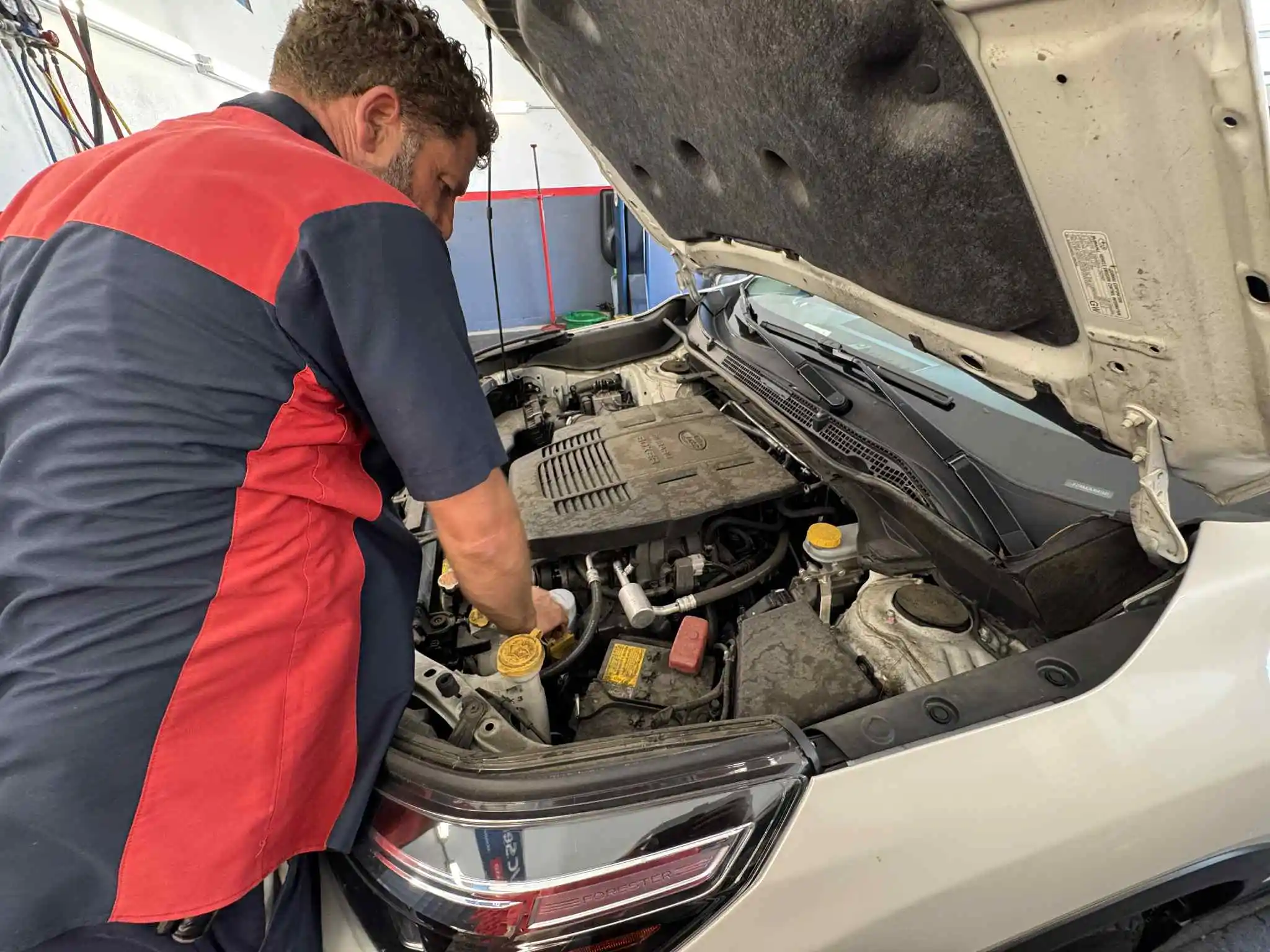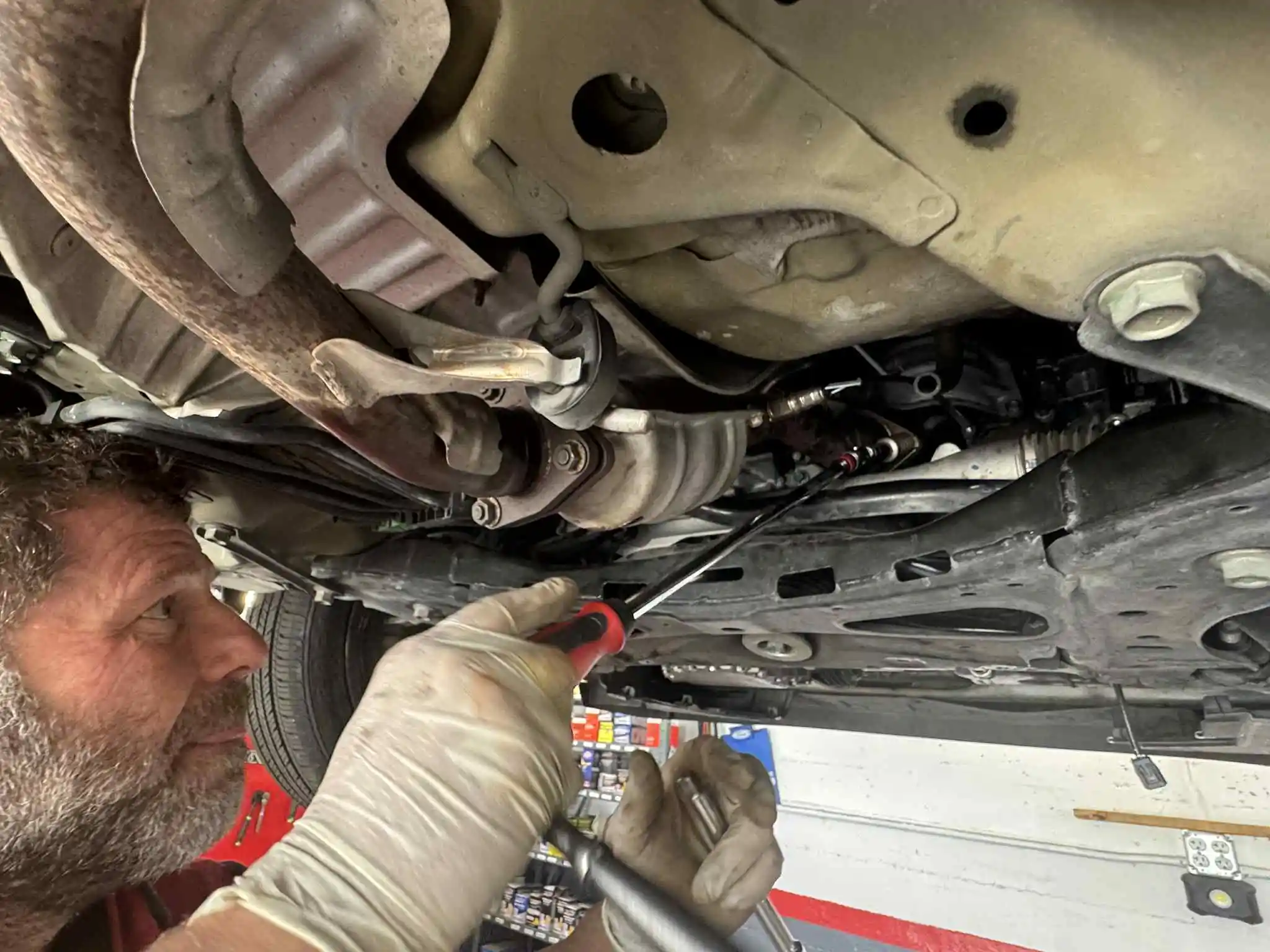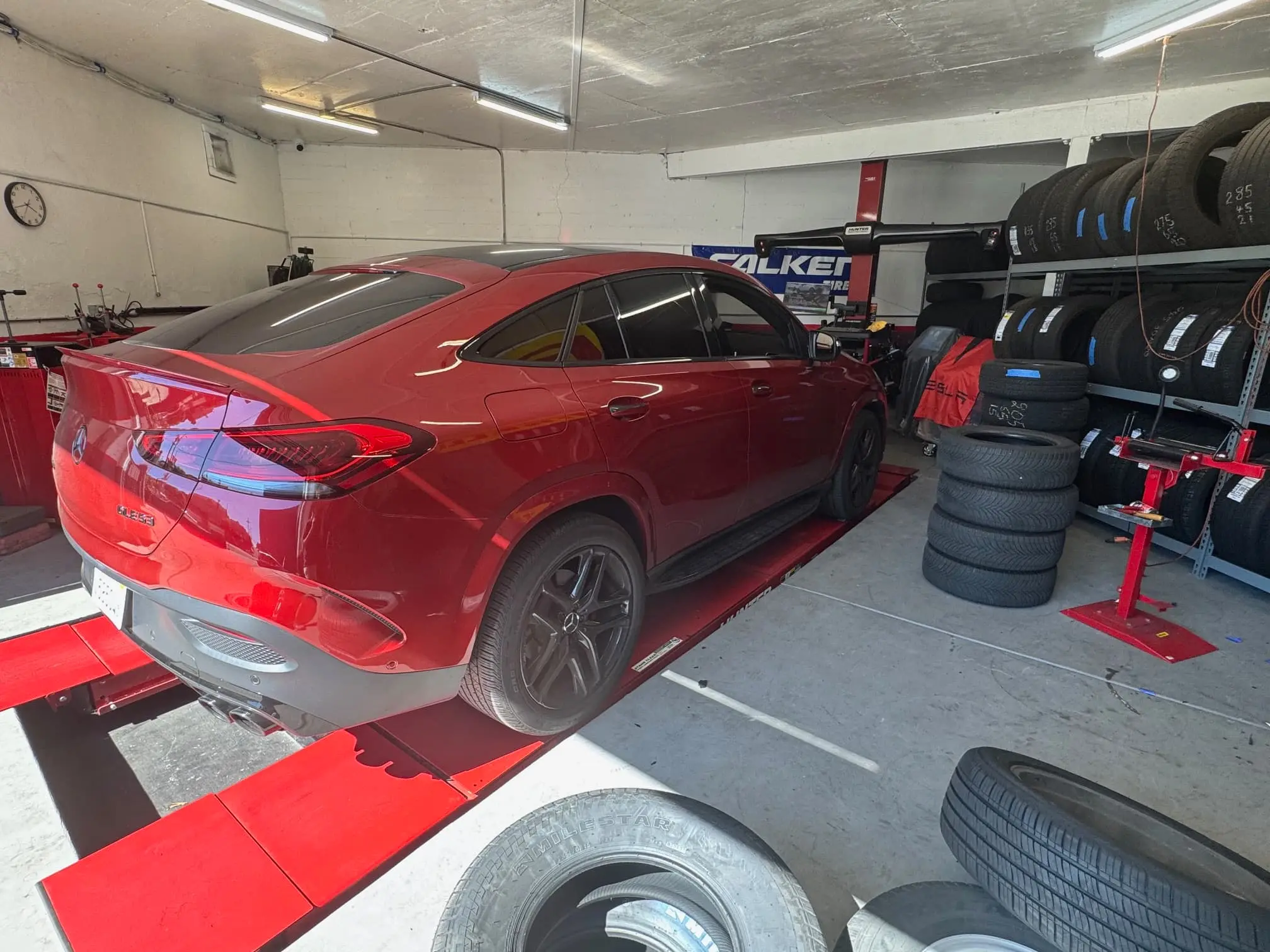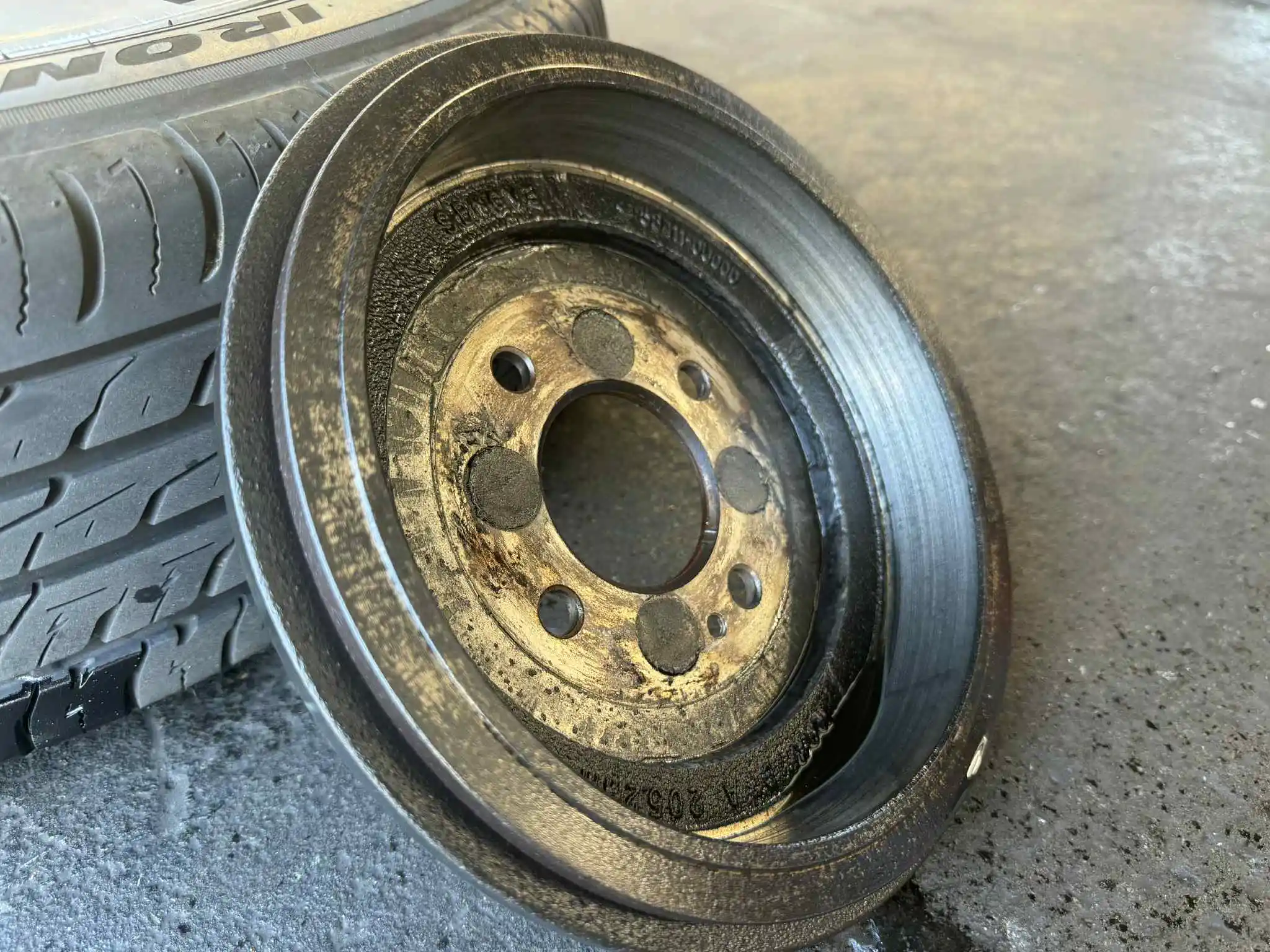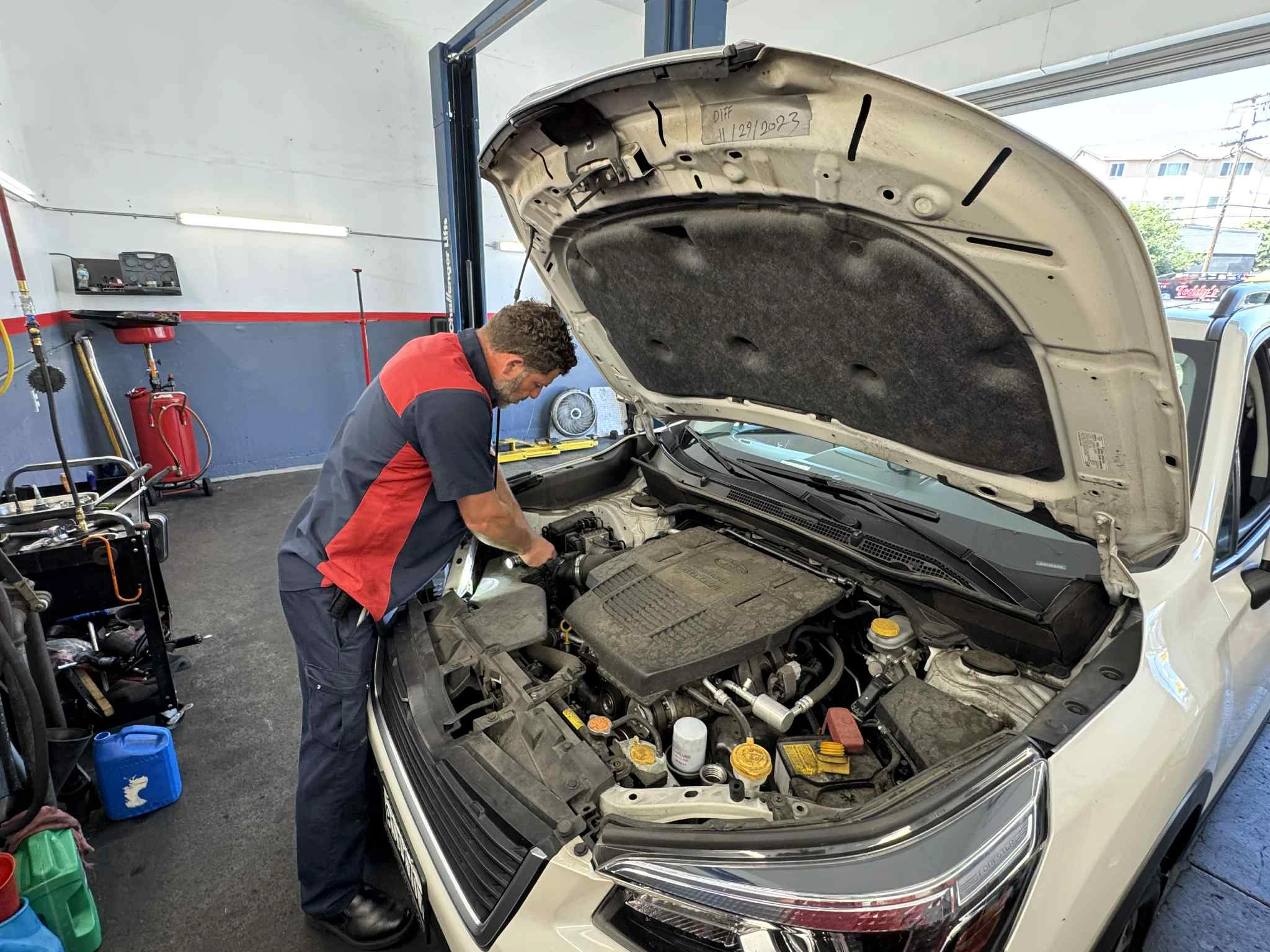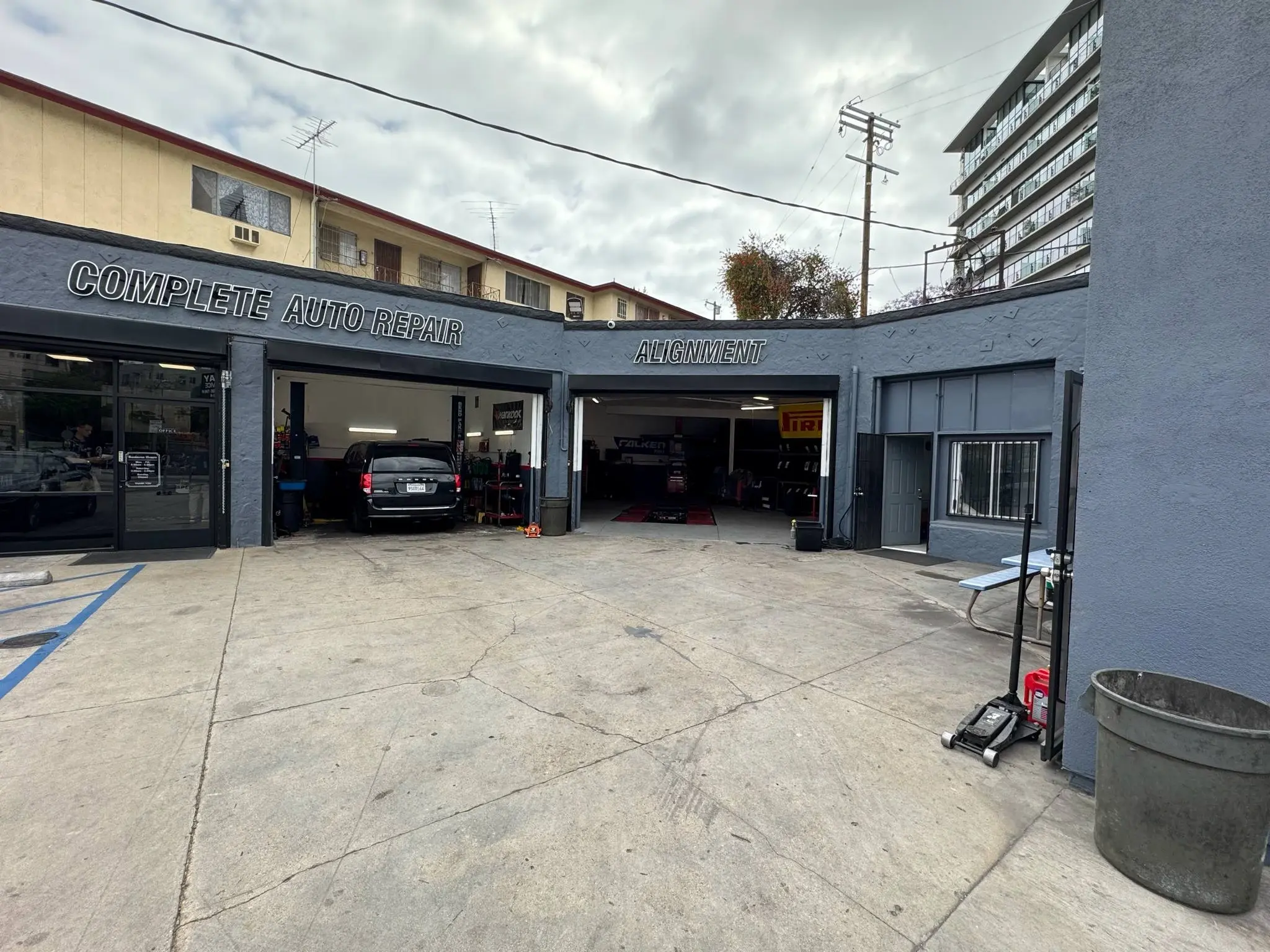Yes, LA Has Winter: Preparing Your Car for Rain and Cold Snaps
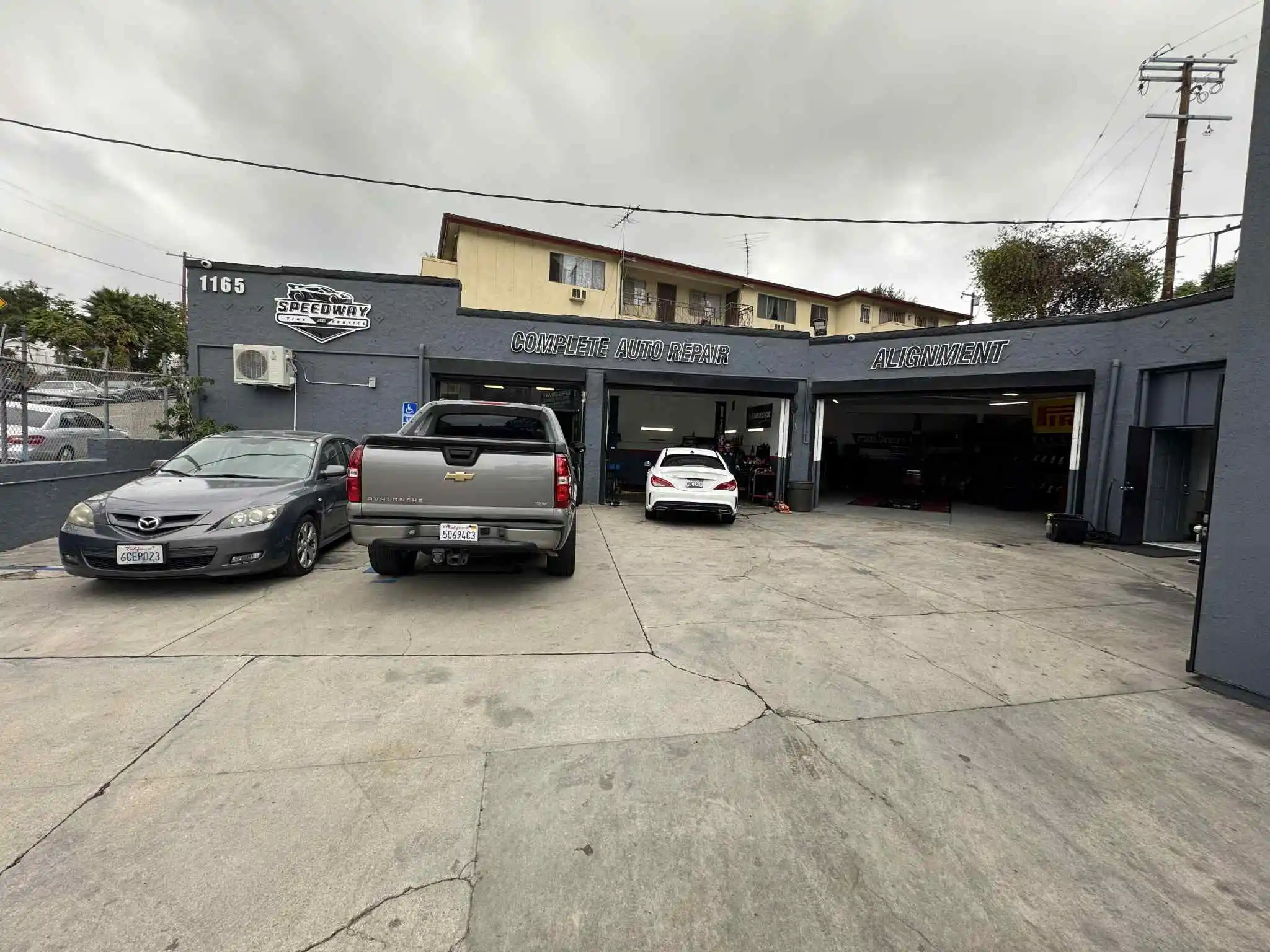
Ask most people about Los Angeles weather, and they'll picture endless sunshine, palm trees, and convertibles cruising down the Pacific Coast Highway. Winter? In LA? The idea seems almost laughable to outsiders who associate the city with perpetual summer.
But anyone who's lived in Los Angeles knows the truth: LA absolutely has winter. It might not involve snow plows and ice scrapers (unless you're heading to the mountains), but it does bring rain—sometimes torrential—and cold snaps that catch unprepared drivers off guard. When the first significant storm of the season hits, LA freeways become chaos, accidents multiply, and stranded vehicles with dead batteries line the shoulders.
Winter car preparation LA isn't about surviving blizzards. It's about ensuring your vehicle can handle the unique challenges of Southern California's rainy season and occasional cold weather. The drivers who prepare in advance stay safe, avoid breakdowns, and navigate winter storms with confidence. Those who don't? They're the ones calling for roadside assistance when the rain starts falling.
LA's Winter Reality: What You're Actually Dealing With
Los Angeles receives an average of approximately 14-15 inches of rainfall annually, with the vast majority falling between November and March. While that might seem modest compared to Seattle or Portland, it's enough to create serious driving hazards—especially because LA drivers and infrastructure aren't accustomed to regular wet conditions.
The Unique Challenges of LA Winter
Months of Oil Buildup: During LA's long dry season, motor oil, transmission fluid, and other automotive fluids leak onto road surfaces and accumulate. When the first rains arrive, this oil mixes with water, creating an incredibly slippery surface—almost like driving on ice. The first rain of the season is statistically the most dangerous.
Flash Flooding: LA's urban landscape is heavily paved, with limited natural drainage. Heavy rainfall can quickly overwhelm storm drains, creating deep puddles and localized flooding, particularly in underpasses and low-lying areas.
Temperature Swings: While LA doesn't experience extreme cold, overnight temperatures can drop into the 40s or even 30s in some areas during winter. These temperature swings stress vehicle batteries and can cause tire pressure fluctuations.
Reduced Visibility: Rain combined with fog, especially in coastal areas and the basin, can dramatically reduce visibility. Functional wiper blades become absolutely critical.
Increased Traffic Density: When it rains in LA, everyone drives. People who normally walk, bike, or take transit opt for their cars, increasing congestion and the likelihood of accidents.
For vehicles that have been operating in dry, warm conditions for months, the sudden shift to wet, cooler weather can expose weaknesses that have been developing unnoticed.
The Essential Winter Prep Checklist for LA Drivers
Preparing your vehicle for LA's winter doesn't require an extensive overhaul, but it does require attention to specific systems that are critical for wet-weather safety and cold-weather reliability.
1. Wiper Blades: Your First Line of Defense
When rain hits your windshield at 65 mph on the 405, your wiper blades are the only thing standing between you and dangerous reduced visibility. Yet wiper blades are one of the most neglected maintenance items on vehicles.
Why They Matter: Wiper blades deteriorate from sun exposure, heat, and general wear. In LA's intense sun and heat, the rubber compounds break down even faster than in cooler climates. By the time the rainy season arrives, blades that looked fine in September are often cracked, hardened, and ineffective.
Replacement Timeline: Automotive experts recommend replacing wiper blades every six to twelve months. For LA drivers, the ideal time is late October or early November—right before the rainy season typically begins. Don't wait for the first rain to discover your wipers are leaving streaks or missing sections of your windshield.
What to Look For: Quality wiper blades designed for all-season use. Beam-style blades (without the metal frame) tend to perform better and last longer than traditional bracket-style blades. Brands like Bosch, Rain-X, and Michelin offer excellent options specifically designed to handle both intense sun and heavy rain.
The Test: Before the rainy season starts, test your wipers. Spray your windshield with washer fluid and run the wipers. Do they clear the glass completely without streaking? Do they make chattering or squeaking noises? Are there any visible cracks or tears in the rubber? If you answered yes to any of these questions, it's time for replacement.
Don't Forget the Rear: If your vehicle has a rear wiper, replace it too. Rear visibility in rain is just as important as front visibility, especially when changing lanes or backing up.
2. Tire Tread: The Only Thing Between You and Hydroplaning
Your tires are the only contact point between your vehicle and the road. In wet conditions, adequate tire tread depth is absolutely critical for maintaining traction and preventing hydroplaning.
The Science of Wet Traction: Tire tread channels water away from the contact patch—the small area where rubber meets road. When tread is deep and properly designed, water is efficiently evacuated, allowing the tire to maintain grip. When tread is worn, water can't escape quickly enough, causing the tire to ride on a thin film of water rather than gripping the pavement. This is hydroplaning, and it means you have zero control over your vehicle.
Legal vs. Safe: California law requires a minimum tread depth of 1/32 of an inch. However, tire safety experts recommend replacing tires when tread reaches 4/32 of an inch for wet-weather safety. At 4/32", tires have lost approximately 50% of their wet-traction capability compared to new tires.
The Quarter Test: Insert a quarter into your tire's tread groove with Washington's head facing down. If you can see the top of Washington's head, your tread is at or below 4/32" and should be replaced before the rainy season. For reference, if Washington's head is completely covered, you have more than 4/32" remaining.
Tread Wear Patterns: While checking depth, also look for uneven wear patterns. Tires worn more on the inside or outside edges indicate alignment problems. Tires with cupping or scalloped wear patterns suggest suspension issues. Both conditions reduce wet-weather traction and should be addressed.
Tire Age Matters Too: Even if tread depth is adequate, tires older than six years begin to lose their grip due to rubber compound degradation. Check the DOT date code on your tire sidewall. If your tires are approaching or past six years old, consider replacement regardless of tread depth.
Tire Pressure: Cold weather causes tire pressure to drop—approximately 1 PSI for every 10-degree temperature decrease. When LA temperatures drop from 80°F days to 40°F nights, your tires can lose 4 PSI or more. Under-inflated tires reduce wet traction and increase hydroplaning risk. Check tire pressure monthly during winter, and always check when temperatures drop significantly.
3. Battery Cold Cranking Amps: Don't Get Stranded
Nothing ruins a rainy morning commute faster than turning your key and hearing nothing but a weak click. Battery failure is one of the most common causes of vehicle breakdowns, and cold weather is a battery's worst enemy.
Understanding Cold Cranking Amps: Battery cold cranking amps (CCA) measure a battery's ability to start an engine in cold temperatures. Specifically, CCA indicates how many amps a battery can deliver for 30 seconds at 0°F while maintaining at least 7.2 volts. While LA rarely sees freezing temperatures, the principle still applies: colder temperatures reduce battery performance.
Why Cold Affects Batteries: Chemical reactions inside batteries slow down in cold temperatures, reducing available power. Simultaneously, engine oil thickens in cold weather, making the engine harder to turn over. This double effect means your battery must work harder precisely when it has less power available.
LA's Cold Reality: While 0°F is unheard of in most of LA, overnight temperatures in the 40s or even 30s (in valleys and inland areas) are common during winter. At 32°F, a battery has only about 65% of the cranking power it has at 80°F. If your battery was already marginal, that reduction can mean the difference between starting and being stranded.
Battery Age: Most car batteries last 3-5 years. If your battery is approaching or past the three-year mark, have it tested before winter. Many auto parts stores and service centers offer free battery testing. A load test will reveal whether your battery can still deliver adequate cold cranking amps or if it's time for replacement.
Warning Signs: Slow engine cranking (especially on cold mornings), dimming headlights when idling, or electrical accessories that seem weak all indicate a failing battery. Don't ignore these signs—replace the battery before it fails completely.
Corrosion Check: Battery terminal corrosion (the white, blue, or green crusty buildup on battery posts and cable connections) increases electrical resistance and can prevent starting. Clean terminals with a wire brush and apply a protective spray or grease to prevent future corrosion.
The Worst Time to Discover a Dead Battery: When you're parked in a dark, flooded parking structure during a downpour. Test and replace your battery proactively.
Beyond the Essentials: Additional Winter Prep Steps
While wiper blades, tire tread, and battery cold cranking amps are the critical three, several other maintenance items deserve attention before LA's rainy season.
Lights and Visibility
Rain and fog reduce visibility for you and make it harder for other drivers to see you. Ensure all lights are functioning: headlights, taillights, brake lights, turn signals, and fog lights (if equipped). Replace any burned-out bulbs. Consider upgrading to brighter LED or HID headlights if your vehicle still has dim halogen bulbs.
Headlight lenses on older vehicles often become clouded and yellowed from UV exposure, dramatically reducing light output. Headlight restoration (either DIY or professional) can restore clarity and improve nighttime and rainy-weather visibility.
Brakes
Wet roads increase stopping distances. If your brakes have been squeaking, grinding, or feeling soft, don't put off service. Have your brake pads, rotors, and brake fluid inspected. Worn brakes are dangerous in any conditions, but they're especially hazardous on wet LA freeways where you need maximum stopping power.
Windshield Condition
Small chips and cracks in your windshield can spread rapidly when temperatures fluctuate between warm days and cold nights. Additionally, a damaged windshield compromises structural integrity in an accident. Repair small chips before they become large cracks requiring full windshield replacement.
Washer Fluid
Top off your windshield washer fluid reservoir with a quality cleaning solution. Don't use plain water—it doesn't clean effectively and can freeze in the rare event of below-freezing temperatures. A good washer fluid will help your wipers clear road spray, mud, and grime more effectively.
Cabin Air Filter
Your cabin air filter cleans the air entering your vehicle's interior through the HVAC system. A clogged filter reduces defrost and heater performance—both critical for maintaining clear windows in rainy weather. Cabin air filters are inexpensive and easy to replace, typically every 12,000-15,000 miles.
Emergency Kit
Prepare a winter emergency kit for your vehicle: flashlight with extra batteries, jumper cables or a portable jump starter, basic tools, reflective warning triangles, a first aid kit, bottled water, non-perishable snacks, a blanket, and a phone charger. If you're stranded in a rainstorm, these items can make a huge difference in comfort and safety.
Winter Driving Tips for LA Roads
Even with a perfectly prepared vehicle, safe winter driving requires adjusted techniques:
Slow Down: Reduce your speed in rain, especially during the first rainfall after a long dry period when roads are most slippery.
Increase Following Distance: Double or triple your normal following distance to account for longer stopping distances on wet pavement.
Avoid Sudden Inputs: Accelerate, brake, and steer smoothly. Sudden movements can break traction on wet roads.
Watch for Hydroplaning: If your steering feels light or unresponsive, you may be hydroplaning. Ease off the accelerator and avoid braking or turning until you regain traction.
Use Headlights: Turn on your headlights in rain, even during the day. It helps you see and helps others see you. California law requires headlights whenever wipers are in use.
Avoid Flooded Areas: Never drive through standing water if you can't see the bottom or if it's deeper than the bottom of your doors. Water can flood your engine, damage electrical systems, or sweep your vehicle away.
Defog Effectively: Use your defroster with the A/C on (even in cold weather) to quickly clear foggy windows. The A/C removes moisture from the air, improving defrost performance.
When to Schedule Your Winter Prep
The ideal time for winter car preparation LA is October or early November—before the rainy season typically begins. This timing allows you to address any issues discovered during inspection before you actually need the systems to work in a storm.
Waiting until the first rain is too late. Service centers get flooded (pun intended) with requests for wiper blades, batteries, and tire service once the rain starts. Beat the rush by preparing early.
Don't Let LA's "Mild" Winter Fool You
The fact that LA doesn't experience harsh winters compared to other parts of the country doesn't mean winter preparation isn't important. In many ways, it's more critical precisely because LA drivers and roads aren't adapted to wet conditions.
Every year, the first significant rainstorm causes dozens of accidents, stranded vehicles, and traffic nightmares. The drivers who avoid these problems aren't lucky—they're prepared.
Get Winter-Ready at Speedway Tire & Service
At Speedway Tire & Service, we've been helping LA drivers prepare for winter for over 30 years. We understand the specific challenges of LA's rainy season and know exactly what your vehicle needs to handle it safely.
Our comprehensive winter preparation service includes:
•Complete tire inspection including tread depth measurement, wear pattern analysis, and pressure adjustment
•Battery testing with load testing to verify cold cranking amps and remaining life
•Wiper blade inspection and replacement with quality all-season blades
•Brake system evaluation to ensure maximum stopping power in wet conditions
•Lighting check to verify all visibility and safety lights are functioning
•Fluid level inspection including washer fluid, coolant, and brake fluid
We'll identify any issues and provide honest recommendations for what needs immediate attention and what can wait. Our goal is to ensure you're safe and confident when the rain arrives, not to sell you services you don't need.
Don't wait for the first storm. Schedule your winter preparation service today. Visit Speedway Tire & Service at 1165 West Sunset Blvd, conveniently located between Echo Park, Silver Lake, and Downtown LA, or call us at (213) 250-4254.
Our experienced technicians will have your vehicle winter-ready in about an hour, giving you peace of mind for the entire rainy season. We also offer comprehensive auto repair services for any other maintenance or repair needs your vehicle may have.
Yes, LA has winter. Make sure your car is ready for it.
Looking for an honest Auto Repair Shop in Los Angeles? Call Speedway Tire and Service Today
Whether you’re driving through LA traffic or cruising the freeways, your car deserves expert care. Located in Los Angeles, Speedway Tire and Service offers reliable oil changes, brake repairs, tire services, and more—all backed by experienced technicians and honest pricing.
